
Forklift Brakes - A brake wherein the friction is supplied by a set of brake shoes or brake pads which press against a rotating drum shaped unit known as a brake drum. There are a few particular differences between brake drum types. A "brake drum" is normally the definition given whenever shoes press on the interior surface of the drum. A "clasp brake" is the term utilized to be able to describe whenever shoes press against the exterior of the drum. Another kind of brake, called a "band brake" uses a flexible band or belt to wrap around the outside of the drum. If the drum is pinched in between two shoes, it could be known as a "pinch brake drum." Like a standard disc brake, these kinds of brakes are somewhat rare.
Previous to the year 1995, early brake drums required consistent modification regularly to be able to compensate for shoe and drum wear. "Low pedal" or long brake pedal travel is the dangerous end result if modifications are not executed satisfactorily. The vehicle can become hazardous and the brakes can become ineffective if low pedal is combined with brake fade.
There are different Self Adjusting Brake Systems presented, and they can be categorized within two major types, RAD and RAI. RAI systems have built-in tools which avoid the systems to be able to recover when the brake is overheating. The most popular RAI makers are Bosch, AP, Bendix and Lucas. The most well-known RAD systems include Ford recovery systems, Volkswagen, VAG, AP and Bendix.
The self adjusting brake would usually just engage if the lift truck is reversing into a stop. This method of stopping is suitable for use where all wheels use brake drums. Disc brakes are used on the front wheels of motor vehicles today. By working only in reverse it is less probable that the brakes will be applied while hot and the brake drums are expanded. If tweaked while hot, "dragging brakes" could occur, which increases fuel intake and accelerates wear. A ratchet tool that becomes engaged as the hand brake is set is another way the self adjusting brakes may operate. This means is only appropriate in applications where rear brake drums are utilized. If the parking or emergency brake actuator lever goes over a certain amount of travel, the ratchet advances an adjuster screw and the brake shoes move toward the drum.
There is a manual adjustment knob placed at the bottom of the drum. It is typically adjusted via a hole on the opposite side of the wheel and this requires getting beneath the forklift together with a flathead screwdriver. It is of utmost significance to be able to move the click wheel correctly and modify each and every wheel evenly. If unequal adjustment happens, the vehicle may pull to one side during heavy braking. The most efficient way to be able to guarantee this tiresome task is accomplished carefully is to either lift each wheel off the ground and hand spin it while measuring how much force it takes and feeling if the shoes are dragging, or give each one the exact amount of manual clicks and then perform a road test.
![]() Click to Download the pdf
Click to Download the pdf
Forklift Parts
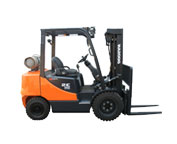
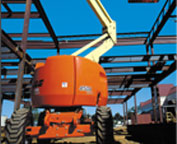
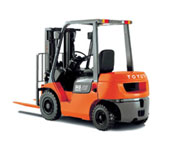

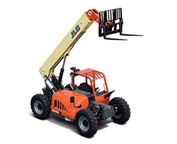
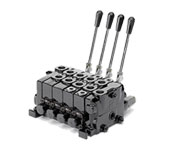


Lift Parts Express
TOLL FREE: 1-888-695-7994
Andrews, Texas
forkliftpartsandrews.com
Email Us
About Us



